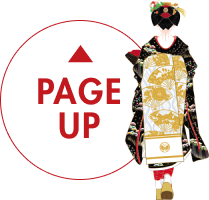TOPICS
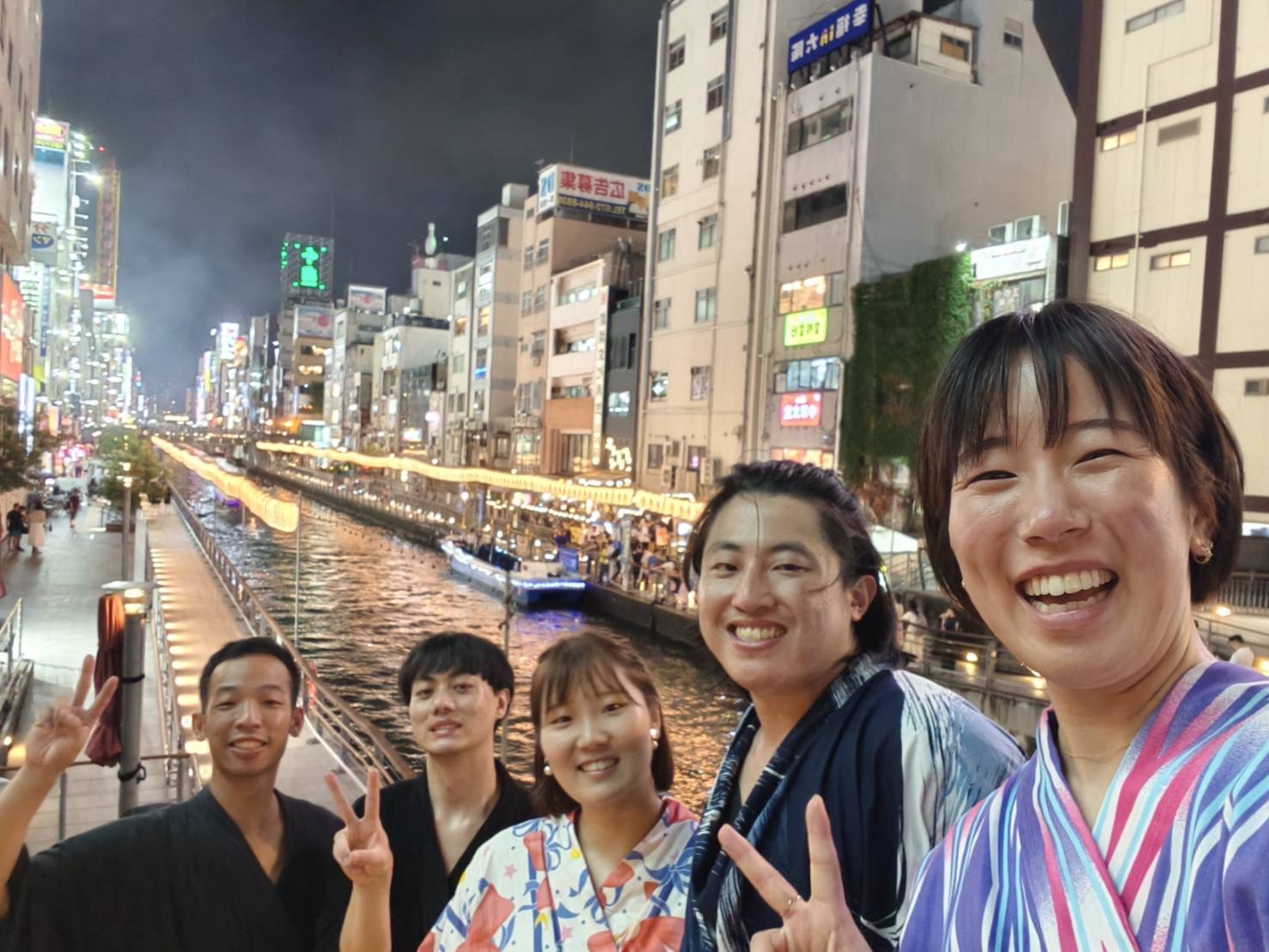
From Office to Kimono: Escaping the Ordinary in Osaka
A Quiet Rebellion Against Everyday Life
You wake up early.
Check your phone.
Scroll through emails, messages, maybe the news.
You sip coffee without really tasting it, throw on something practical, and join the flow of people moving forward—fast, quiet, focused.
This is life in motion.
Necessary, routine, efficient.
But what if, for just one day, you could step sideways?
What if you could pause that rhythm—not with a dramatic trip or grand adventure, but with something simpler, quieter, more intentional?
What if you wore a kimono in Osaka?
The Idea of “Escape” Has Changed
In today’s world, we don’t always need to get far away to reset.
Sometimes, we just need to change the atmosphere around us. To remind ourselves that we’re allowed to move slowly, to feel beautiful, to look up instead of down.
That’s where Kawaii Osaka comes in.
Located just minutes from Namba Station, it’s not a temple or a forest retreat. It’s a kimono rental shop in the middle of the city. But for many visitors—especially busy professionals—it becomes something more.
It becomes a gateway to a softer pace. A different kind of day.
The Moment You Change Clothes, Everything Changes
You walk into the shop in jeans and sneakers.
Maybe you came from a hotel. Maybe from the airport.
Or maybe—this is your “day off” during a business trip.
The staff at Kawaii Osaka greet you with a calm, warm energy. No rush. No pressure.
You’re shown rows of beautiful kimono: rich colors, soft textures, quiet patterns, bold designs. You let your fingers drift across the fabric, and for the first time in a while, you’re not checking your phone. You’re choosing something just for yourself.
Once you’re dressed—layers wrapped carefully around you, obi tied at your back—you look in the mirror.
And you see someone not new, but reintroduced.
How Kimono Slows You Down (in the Best Way)
When you step outside in kimono, the first thing you notice is that you walk differently.
Not because you’re pretending.
Because the clothes invite you to.
You walk more slowly.
You notice the sound of your steps.
You look at things more carefully. The shadows of buildings. The shape of trees. The way people glance at you with quiet admiration.
For once, you’re not trying to get somewhere fast.
You’re already where you need to be.
A Walk Through Osaka, Reimagined
Osaka is a city known for energy—loud food stalls, bright neon signs, fast-paced shopping districts. But in a kimono, even these places feel softer.
Take Hozenji Yokocho, for example. A narrow alley tucked just behind Dotonbori. You walk past stone lanterns, hear water trickling from a fountain, smell grilled fish from a quiet restaurant. The modern city fades. You slow down, and suddenly, you’re present.
Or stroll through Namba Parks, where rooftop gardens overlook the urban jungle. In everyday clothes, it might be just a short stop. But in kimono, it becomes a place to pause, to breathe.
Then there’s Sumiyoshi Taisha Shrine, one of the oldest in Osaka. The red bridge, the wide paths, the silence—it all feels different when you’re wrapped in tradition.
This isn’t sightseeing.
It’s sight-feeling.
Alone or With Friends—But Always for Yourself
This kind of escape isn’t about who you’re with.
It’s about being with yourself in a more generous way.
Maybe you come with a friend and chat slowly over matcha after your kimono walk.
Maybe you go alone and sit quietly in a café, reading or watching the rain.
Either way, you’re not performing.
You’re just being—more fully, more softly.
You Don’t Have to Be a “Kimono Person”
Let’s be honest—many of us look at kimono and think:
“I’m not elegant enough for that.”
“I wouldn’t know how to walk properly.”
“Isn’t that for special occasions only?”
But here’s the truth:
You don’t need to know anything.
You just need a moment—and a place—that gives you permission to be still, to feel, to reset.
Kawaii Osaka is built for exactly that.
The staff are kind. They guide you gently.
They’ll help you choose something that feels right—not flashy, not uncomfortable, just you in a quieter tone.
What People Say Afterward
Guests often say things like:
“I didn’t expect to feel so calm.”
“It wasn’t about the photos. It was about how I felt walking through the city.”
“I didn’t realize how much I needed that.”
Because sometimes, you don’t need to fly to a remote island to find rest.
You just need to change clothes.
And change pace.
Final Thoughts: A Different Kind of Day in Osaka
You came to Osaka expecting food, shopping, maybe some sightseeing.
But this—this moment of dressing slowly, walking gently, and letting the city meet you differently—is the part you’ll remember most.
So next time you're in Japan—whether you’re here for vacation, work, or something in between—give yourself the gift of one day outside the ordinary.
Let go of the rush.
Step into something soft.
And discover how much beauty lives in a moment that’s truly yours.
Because sometimes, the smallest escape is the one that brings you back to yourself.
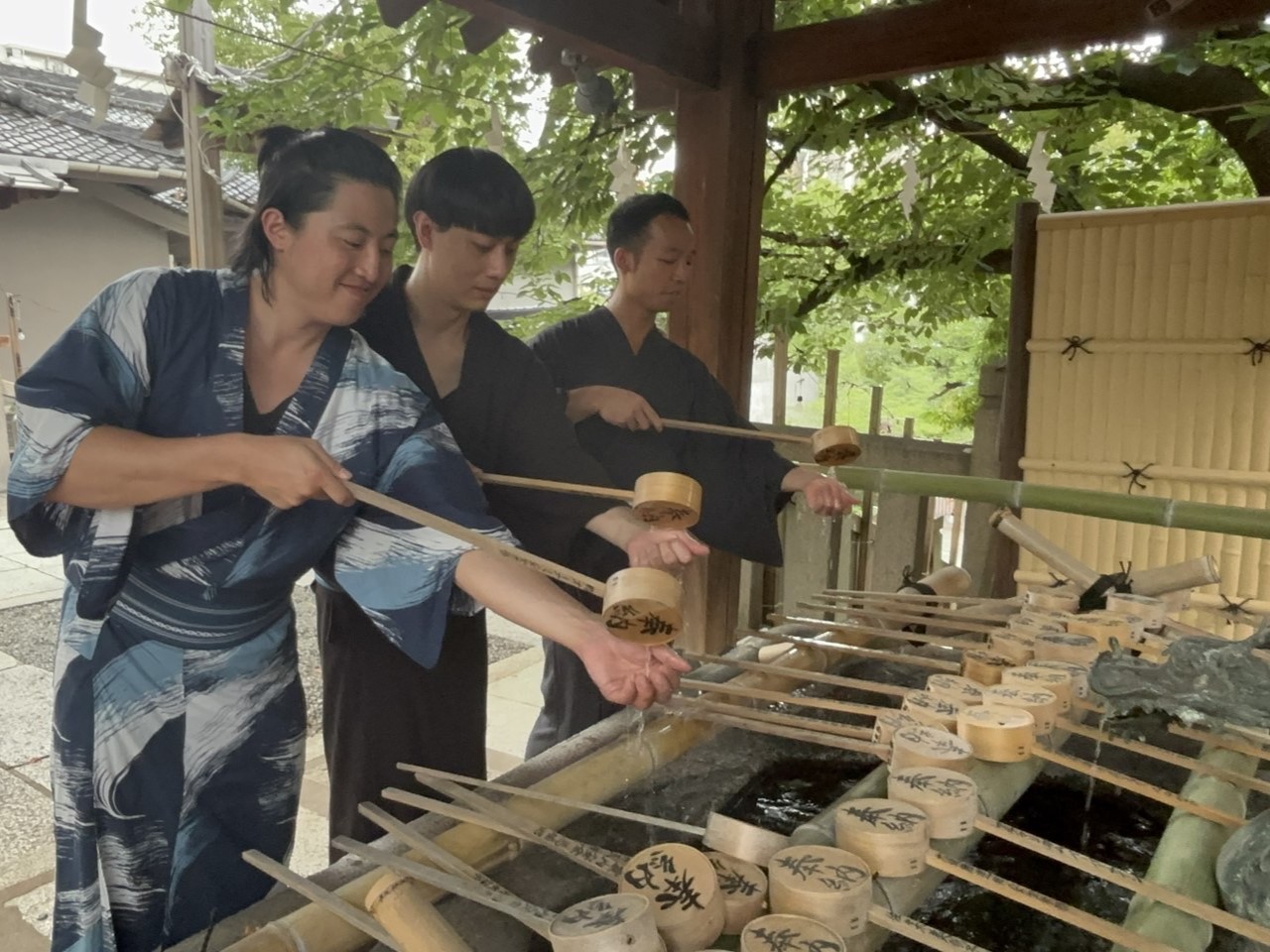
Kimono Meets Street: Styling Osaka’s Urban Energy with Tradition
How to Wear Tradition Boldly in Japan’s Most Expressive City
When people think of wearing kimono in Japan, they often imagine quiet temples, stone gardens, and soft cherry blossoms.
But if you’re in Osaka, there’s another side to the story.
This is a city of contradictions.
Of neon and nostalgia.
Of concrete and kindness.
Of street art, back alleys, high fashion, and deep tradition—blended into something uniquely alive.
And here, wearing a kimono isn't just about elegance.
It’s about expression.
Welcome to the new frontier of kimono culture: where tradition walks hand-in-hand with street style, and where you get to define what “Japanese beauty” means to you.
Why Osaka Is the Perfect Place for Kimono with Edge
Unlike the more reserved atmosphere of Kyoto or Tokyo, Osaka has energy.
It’s bold. Friendly. Loud in the best way.
Locals speak casually. Food is eaten on the street. Fashion is playful, not perfect.
This makes it the ideal place to experiment with kimono in new ways. Whether you’re into pastel lace aesthetics, vintage with sneakers, or bold color blocking, Osaka gives you space to be creative.
And shops like Kawaii Osaka are leading the way—offering styles that go far beyond traditional.
1. Modern Lace Kimono: Soft Textures, Hard Impact
At first glance, lace kimono look delicate.
But on the streets of Osaka, they’re a quiet rebellion.
Available in white, beige, rose, and soft grey, these pieces layer Western femininity with Eastern form. Paired with leather boots, pearl accessories, or a beret, you suddenly have a look that belongs on both a temple path and a city runway.
Perfect for:
Exploring vintage cafés in Nakazakicho
Soft girl fashion meets tradition
Editorial-style photos near concrete walls or quiet alleys
Style tips:
Add a small purse with gold accents, or wear ankle boots instead of sandals for contrast.
2. Street Style Mix: Kimono + Sneakers, Oversized Jackets, and Attitude
This isn’t cosplay. It’s a statement.
More and more young Japanese creatives are styling traditional kimono with streetwear staples: high-top sneakers, graphic t-shirts underneath, bomber jackets over the top.
It’s bold, maybe even shocking to some—but incredibly cool.
If you’re someone who loves self-expression and making fashion personal, this is your lane.
Perfect for:
Day trips to Amerikamura (American Village)
Urban explorers and fashion-forward travelers
Anyone who wants their Osaka look to go viral
Style tips:
Ask Kawaii Osaka about minimalist patterns or geometric prints. Layer with streetwear accessories like chunky rings or oversized scarves.
3. Pop Color Explosion: When the City Is Your Backdrop
Bright yellow kimono with turquoise obi. Hot pink with metallic gold. Neon green paired with traditional indigo.
This might sound intense—but in Osaka, it just works.
If you love playful fashion and want to match the energy of Dotonbori’s neon lights, a pop-color kimono is your perfect match.
These styles are cheerful, unexpected, and camera-ready.
Perfect for:
Photo walks after dark along the canal
Girls’ trips and group selfies
Standing out without saying a word
Style tips:
Coordinate with bold lipstick, colored eyeliner, or even fun sunglasses. Your photos will look like a J-pop album cover.
4. Retro with a Twist: 1960s Vibes in Kimono Form
Vintage-style kimono in mustard, teal, burnt orange, and deep olive are surprisingly modern when paired with round sunglasses, chunky belts, or platform shoes.
This style feels nostalgic without being costume-like. Think: Showa-era glam meets indie fashion blogger.
Perfect for:
Slow afternoons in old shopping arcades
Visiting retro kissaten (coffee shops)
Solo travelers with a taste for moodier, cinematic looks
Style tips:
Use black-and-white filters or grainy film mode on your camera. Let the atmosphere do the storytelling.
5. Couple or Friend Coordination: Traditional Meets Playful Pairing
Who says kimono coordination has to be traditional?
In Osaka, couples or friends often rent kimono in contrasting styles—one person in soft pastels, the other in bold prints. One in modern lace, the other in classic navy. This unexpected pairing becomes a powerful visual duo.
It’s not about matching.
It’s about complementing.
Perfect for:
Capturing your unique relationship in photos
Playful expression without losing cultural touch
Breaking rules with respect
Style tips:
Coordinate accessories (like both wearing the same type of bag or a shared color theme) to visually link your looks.
How Kawaii Osaka Supports Your Style Freedom
Kawaii Osaka isn’t just a kimono rental shop.
It’s a fashion experience space.
Their collection goes far beyond tradition. They offer:
Lace kimono and sheer overlays
Vintage pieces with bold character
Color-rich options for dramatic impact
Customizable hair styling for modern or retro vibes
Staff who understand aesthetics, not just clothing
You don’t need to know how to dress yourself. They’ll help.
You just need a vision—or even a feeling—and they’ll translate it into fabric, form, and flow.
Where to Take Your Urban Kimono Look in Osaka
Some spots in the city pair perfectly with modern kimono style:
Amerikamura (American Village)
Street art, second-hand shops, music culture. Go bold.
Shinsaibashi-Suji Arcade
Covered walkways with bright lights and fashion-forward crowds.
Namba Yasaka Shrine
A surreal lion-head-shaped shrine that matches maximalist kimono energy.
Orange Street (Horie)
Osaka’s answer to Brooklyn—full of designer boutiques and lifestyle cafés.
Final Words: Tradition Is Not a Cage
Too often, we think of kimono as something fragile.
Something you have to wear just right, in the correct way, at the proper place.
But in Osaka, you learn something else:
Tradition is alive. It breathes. It evolves. And it belongs to everyone who wears it with care.
So if you’ve ever thought kimono “wasn’t your style”—think again.
There’s a version of it that fits who you are. And in this city, you’re free to find it.
Because Osaka doesn’t want you to blend in.
It wants you to show up boldly, walk with confidence, and wear your story with pride.
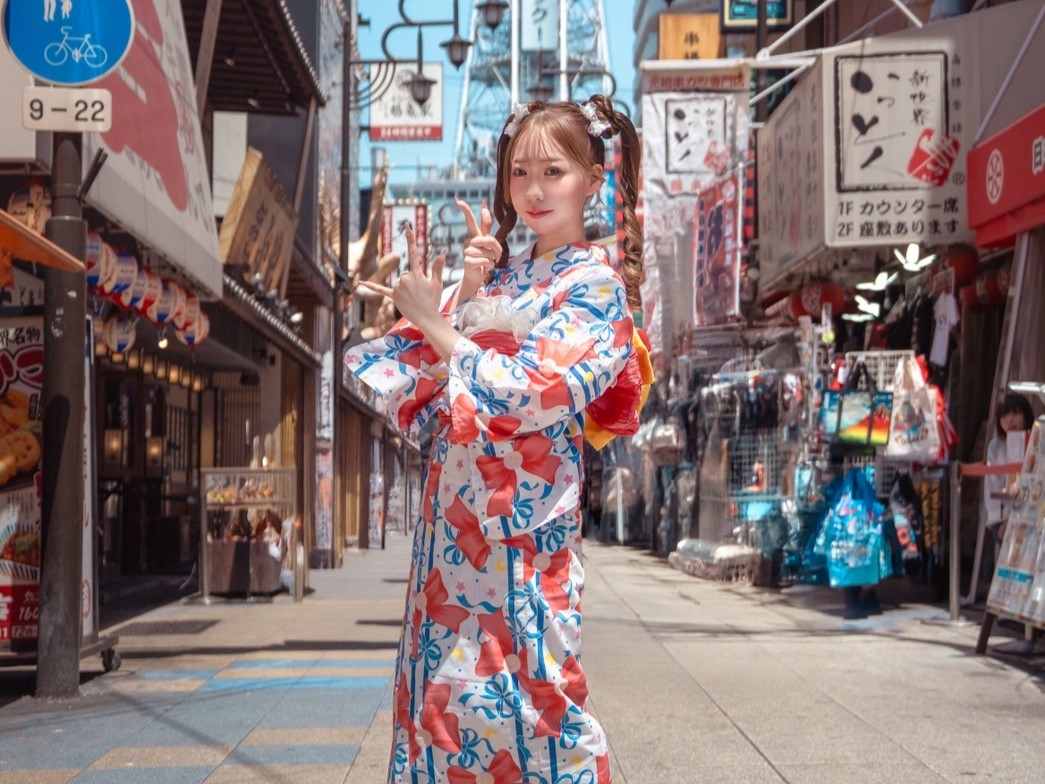
Solo Traveler in Kimono: Why You Don’t Need a Group to Make Magic
Discover the Quiet Power of Dressing Up Just for You
You’re in Osaka.
Your suitcase is half-unpacked in a small hotel room, the city buzzes outside your window, and you’ve been walking the streets on your own—just the way you like it.
You’ve seen the signs for kimono rentals, the tourists walking gracefully along the canal, the couples posing in front of temples. It all looks beautiful.
But something holds you back.
“Is this really something I can do… alone?”
The answer is yes.
In fact, it might be even better that way.
Let’s talk about what it’s really like to rent a kimono as a solo traveler, and why doing so can be one of the most meaningful experiences of your trip to Japan.
Who Says Kimono Is Only for Couples?
Social media is full of kimono date posts—couples in matching outfits walking hand-in-hand through Kyoto or Osaka. They look lovely. But that’s just one version of the story.
The truth is, you don’t need a partner, group, or photographer to enjoy wearing a kimono. You don’t need to be celebrating anything. You don’t even need a reason.
You just need one thing:
A desire to experience something special—for yourself.
And that’s more than enough.
The Experience Begins with You
At Kawaii Osaka, solo guests are welcomed with the same warmth and care as anyone else. The staff understand that traveling alone doesn’t mean being alone. Often, it means choosing freedom, presence, and intentional joy.
When you walk into the shop on your own, there’s no pressure. No rush. The staff take their time to help you find a color that matches your mood, a pattern that reflects your style. You get to ask questions, change your mind, and focus entirely on what you want.
The dressing process is gentle and private.
The hairstyling is quiet, calming.
The moment you see yourself in the mirror—fully dressed, softly glowing—you realize something:
You didn’t need anyone else to feel this beautiful.
The City Becomes Your Companion
Once you're dressed and ready, the city changes. Or maybe—you change the way you move through it.
Suddenly, every street corner is a photo spot. Every quiet alley, a scene from your personal story. People glance at you with kind smiles. Some say, “You look beautiful.” Others ask, “Where did you rent that?”
You begin to notice more:
The reflection of your silhouette in a storefront window.
The sound of your sandals echoing against the stone.
The way the sleeves of your kimono flutter when the wind brushes past.
It’s not about showing off. It’s about feeling alive in your own skin, your own moment.
Finding Peace in Solo Moments
Some travelers feel nervous about being alone in a traditional outfit. But wearing a kimono doesn’t make you stand out in the wrong way—it draws people in with gentle curiosity.
In Japan, it's completely normal to see individuals dressed beautifully and moving quietly through the city on their own. Especially in a place like Osaka, where people value authenticity and independence.
Solo kimono time gives you:
A chance to reflect
A moment to slow down
A way to feel elegant for no other reason than because you deserve it
You can stop when you want. Take photos when you feel ready. Sit in a teahouse, write in your journal, or simply watch the world go by.
You’re not alone—you’re in your own company.
And sometimes, that’s the best company there is.
Where to Go in Kimono as a Solo Traveler
Here are a few spots in Osaka that are perfect for quiet, solo exploration in kimono:
1. Hozenji Yokocho
A narrow, stone-paved alley near Dotonbori. Lanterns, moss-covered statues, and old wooden restaurants create a timeless atmosphere. You’ll feel like you’ve stepped into the past.
2. Osaka Castle Park
Stroll slowly along the moat, take in the seasonal colors, and find a bench where you can sit with a snack and a view. Perfect for introspective moments and elegant photos.
3. Nakazakicho
A vintage neighborhood with artsy cafés, second-hand bookstores, and quiet corners. Your kimono will blend beautifully with the retro surroundings.
4. Riverside Paths near Namba
Away from the crowds, these walking paths along the canal are peaceful, romantic (even when solo), and ideal for watching the sunset.
Photography Tips for Solo Travelers
Worried about getting photos? Don’t be.
You have options:
Ask the staff at Kawaii Osaka—they’re happy to take photos of you before you leave
Use a tripod or smartphone stand—small, foldable ones are easy to carry
Look for friendly tourists—offering to trade photos is a great way to connect
Book a professional shoot—Kawaii Osaka also offers solo portrait plans
But honestly? Some of the best memories won’t be in your camera.
They’ll be in the way you felt walking down a quiet street, with your sleeves swaying and your heart full.
What Guests Say About Going Solo
Here’s what past solo guests have shared:
“I was nervous about walking around alone in kimono, but I ended up loving every second of it. People were so kind, and I felt so connected to the city.”
— Julia, USA
“I chose a kimono in my favorite color, and for once, I didn’t have to match anyone else. It was just about me. I’ve never felt more free.”
— Manon, France
“It was quiet, peaceful, and personal. I went to a café, took photos, and just existed beautifully for a few hours.”
— Sarah, Australia
Final Thoughts: This Moment Is Yours
You don’t need a partner.
You don’t need a reason.
You don’t need anyone’s permission to do something beautiful just for yourself.
Wearing a kimono as a solo traveler isn’t lonely—it’s liberating.
It’s a way of saying, “I matter. My experience matters. And today, I choose joy.”
So when you visit Osaka, don’t wait for someone to go with you.
Walk into Kawaii Osaka, choose a color that makes you feel something, and step into the city with grace, purpose, and quiet confidence.
Because sometimes, the most unforgettable moments are the ones you share with no one else but yourself.
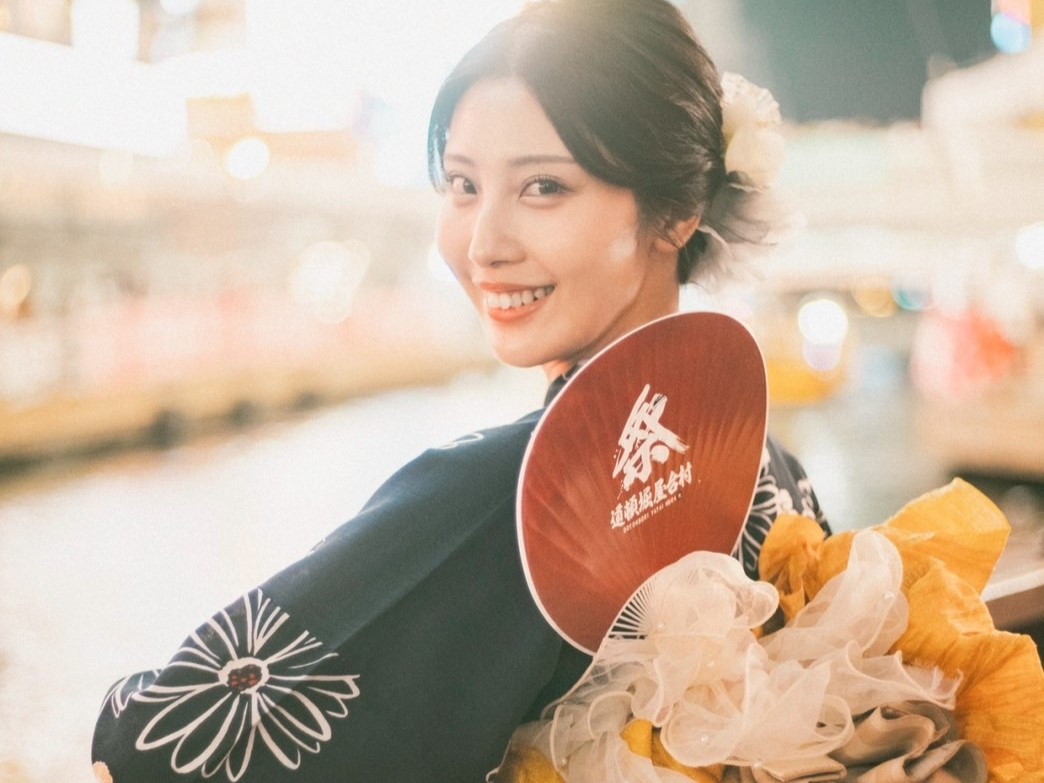
5 Kimono Styles You Didn’t Know You Could Try in Osaka
From Vintage to Lace, Discover the New Wave of Kimono Fashion
When you think of kimono, what comes to mind?
Maybe it’s a classic floral pattern worn during a tea ceremony. Or a bright, elegant furisode at a coming-of-age event. Traditional, beautiful—yes. But maybe also a little… expected?
Here’s the thing: Kimono fashion has evolved. And in Osaka, where tradition meets street style, you’ll find surprising, creative, and modern twists on the classic silhouette.
Whether you’re traveling solo, as a couple, or with friends, Kawaii Osaka offers an incredible variety of styles that go beyond what most tourists imagine. From soft lace to bold colors to vintage vibes, there’s something for every mood—and every Instagram grid.
Let’s explore five kimono styles you probably didn’t know you could try in Osaka.
1. The Lace Kimono: Soft, Dreamy, and Instagram-Ready
What it is:
A modern take on traditional kimono, made with delicate lace overlays or lace fabrics, often in pastel shades like ivory, dusty pink, or pale lavender.
Why it’s special:
The lace kimono is light, feminine, and perfect for café hopping or riverside strolls. It blends traditional shape with romantic, almost bridal textures. These styles often pair beautifully with soft hair buns and floral accessories.
Best for:
Solo travelers who want a soft, dreamy aesthetic
Photoshoots in vintage-style cafés or garden settings
Fans of Korean and Japanese street fashion
Where to wear it:
Try walking through Hozenji Yokocho or visiting a tea salon near Shinsaibashi. These spots match the quiet, elegant mood of lace kimono.
Pro tip:
Go for soft makeup with peach or rose tones. Add a small parasol or lace gloves for a high-fashion finish.
2. The Vintage Kimono: Bold Patterns, Timeless Cool
What it is:
Authentic retro kimono from the Showa or Taisho era, often with bold patterns, earthy colors, and unique textures.
Why it’s special:
Vintage kimono have a story. They’re often one-of-a-kind, with hand-dyed fabrics and unusual motifs. Wearing one feels like stepping into a different time, and the photos always stand out.
Best for:
Travelers who love classic Japanese aesthetics
Those looking for something unique and less “touristy”
Photography enthusiasts or history lovers
Where to wear it:
Wander through Nakazakicho, Osaka’s hidden vintage neighborhood. The old architecture and second-hand shops make a perfect match for vintage looks.
Pro tip:
Pair with retro-style hair (soft curls or a low bun) and classic Japanese accessories like a wooden handbag or embroidered fan.
3. The Pop Color Kimono: Bright, Bold, and Just Fun
What it is:
A high-impact, cheerful kimono style in vibrant colors like neon pink, turquoise, citrus orange, or deep purple—often with oversized floral or geometric prints.
Why it’s special:
This style is playful and full of personality. It’s the kind of outfit that turns heads and makes strangers smile. Perfect for a fun day out with friends or to stand out in the crowd.
Best for:
Group trips or friends who want to coordinate looks
Travelers with a bold personal style
Those who want their photos to pop
Where to wear it:
Take this look to Dotonbori, where the lights and billboards match your outfit’s energy. It's also great for exploring Amerikamura (American Village), Osaka’s center of edgy street style.
Pro tip:
Consider matching your kimono with statement sneakers or bold eye makeup. Yes, it’s unconventional—but in Osaka, fashion rules are made to be broken.
4. The Couple Kimono Look: Perfect Pairings for Two
What it is:
Coordinated kimono sets for couples, usually with matching color palettes or shared motifs. Men’s kimono are often darker or more neutral, while women’s designs echo those tones in a more detailed style.
Why it’s special:
It’s romantic, photogenic, and makes for an unforgettable memory. Whether it’s your honeymoon, anniversary, or just a special date, dressing in kimono together deepens the experience.
Best for:
Couples looking for a unique way to explore the city
Pre-wedding or engagement photos
First-time visitors who want a shared cultural moment
Where to wear it:
Take a slow walk along the Tombori Riverwalk, or visit Osaka Castle Park for romantic garden photos.
Pro tip:
Don’t be shy about holding hands, laughing, or interacting naturally in your photos. The best couple shots feel genuine, not posed.
5. The Hakama or Furisode: Go Big for Special Occasions
What it is:
Hakama is a wide-legged pleated skirt traditionally worn over kimono—often associated with graduation or martial arts. Furisode is a formal kimono with long, flowing sleeves, typically worn by young women on special occasions.
Why it’s special:
These are statement pieces. Whether you’re celebrating something, planning a photoshoot, or just want to go all-in on elegance, this is the look that turns a day into a memory.
Best for:
Birthdays, solo celebrations, or bucket-list travel
Formal photoshoots with professional photographers
Travelers who want to try the most iconic version of kimono fashion
Where to wear it:
Plan a shoot at Osaka Tenmangu Shrine or Sumiyoshi Taisha. These historic spots enhance the dignified feel of formal kimono.
Pro tip:
Ask Kawaii Osaka about studio or on-location photography options to capture the full elegance of your look.
Why Style Variety Matters
The beauty of kimono today lies in its flexibility.
Yes, it’s traditional—but it’s also alive. It changes with the seasons, the city, the person wearing it. And in a vibrant place like Osaka, fashion has room to grow in new directions.
Whether you're into soft pastels or strong contrast, minimal elegance or maximal color, there’s a kimono style for you.
And at Kawaii Osaka, the team is there to help you find it.
Final Thoughts: What Kind of Kimono Person Are You?
You don’t need to know anything about kimono before you arrive.
You just need to know how you want to feel.
Elegant? Playful? Romantic? Unique?
There’s a kimono for that.
So next time you’re in Osaka, skip the one-size-fits-all travel photo. Choose a style that reflects you. Wear it. Walk the streets. See how it changes the way you see the city—and yourself.
Because wearing kimono isn’t about fitting in.
It’s about stepping into your own story—one beautiful, flowing layer at a time.
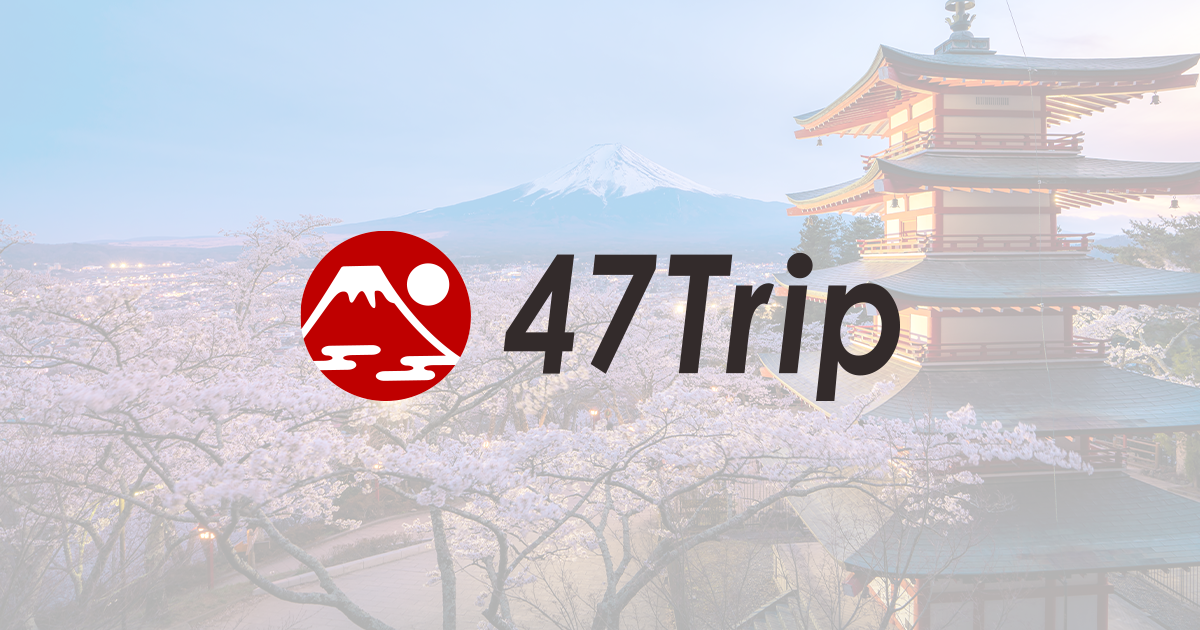
Featured on the Japanese information site '47trip'
This site contains useful information for traveling in Japan! Castles, temples, accommodations, destinations, experiences, activities, shopping, and more! We hope that your trip to Japan will be a happy and unforgettable memory!
47Trip
https://www.47trip.com/
